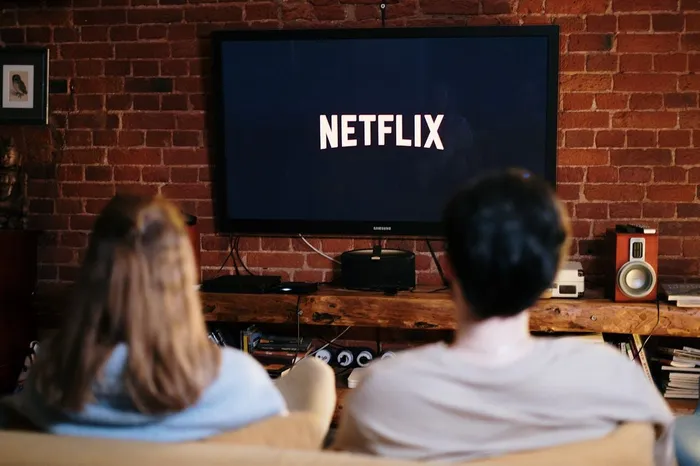Gmail storage limits frustrate users: the push towards paid subscriptions

Subscription culture is fueling digital fatigue, as users report hitting storage limits even after deleting files and clearing their Google Drive.
Image: Picture:Pexels
If you’ve been hit with the dreaded “Your storage is full” Gmail notification recently, you’re not alone.
Suddenly, long-time users with accounts spanning 10, 15 or even 20 years are finding themselves locked out of sending or receiving emails unless they pay up for extra space.
An Instagram video by user @leveluponepercent, now going viral, summed up the frustration: “Who else’s Gmail suddenly no longer has storage? Such a coincidence, right? All of us reaching our limit at once?”
The caption went harder: “Subscription culture needs to be cancelled NOW. Cancel your subscriptions.”
We’ve gone from paying for music to TV, to gym apps, to photo editing, and now even our inboxes.
If you’ve ever scrolled through the channels only to find Jim Carrey’s classic “Liar Liar” showing for the hundredth time, you’ll know the feeling. It’s funny, yes, but when it’s on every other day, it becomes a reminder, we’re paying for the same thing over and over.
What once felt limitless, remember when Gmail’s launch in 2004 bragged about “a whole gigabyte” of free space? Now comes with a digital invoice.
Google offers 15GB free, but that includes Gmail, Google Drive and Google Photos. With years of attachments, work files, and holiday snaps clogging up space, it’s no wonder people are suddenly hitting the wall. And in true subscription-age style, the only quick fix is handing over a monthly fee.
As of 2025, Google One subscription plans in South Africa start at R34,99 per month for 100GB (basic), move up to R52,99 for 200GB (standard), R184,99 for 2TB (premium), and R349.99 for 2TB with AI Pro features.
For users who just want to send and receive emails without clutter, even the cheapest plan is an unwelcome addition to monthly bills.

Users face rising costs while Gmail storage limits add to subscription fatigue.
Image: Picture: Pexels
In South Africa, another monthly debit order bites harder than it might elsewhere. R30 or R50 a month might not sound like much, but stacked with Netflix, Spotify, data bundles, and electricity, it adds up fast.
Netflix itself has climbed steadily. Its standard plan in SA rose from R159 to R179, and premium from R199 to R229 in 2025, a 13 - 15 % jump.
And the subscription fatigue doesn’t stop at streaming devices themselves are another financial trap. Owning one in South Africa is like signing up for a lifetime subscription you never asked for. The iPhone 16’s base model now costs nearly 74 % of the average monthly salary.
Add in pricey repairs, Apple’s insistence on official accessories, app subscriptions, and data-heavy usage, and it becomes a financial black hole. Honestly, if you’re trying to keep up with the Joneses on iPhone, good luck; you’ll need deep pockets and nerves of steel.
Some clever workarounds exist before you throw money at Google. Clearing old emails, deleting large attachments, and backing up photos onto external hard drives can buy you time.
There’s also the less glamorous but effective method of moving to another free provider.
The pushback online shows how many people are frustrated with the system: “I will delete a hundred non-important emails a day before I ever pay for storage,” one user commented.
Another wrote: “I deleted all my emails! Cleared out my Google Drive! Nothing in Google Photos and still 96% full.”
And a nostalgic reminder from another user: “I remember when they originally launched as the ‘unlimited storage email’ and promoted ‘never having to delete email again'.”